podiatrist issaquah
Displaying items by tag: podiatrist issaquah
Dr Brandon Nelson, A Board Certified Physician & Surgeon, Discusses Morning Heel Pain
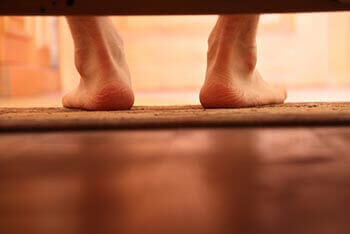
Heel pain can be very challenging no matter when it occurs. It can be common in the morning or after exercise. There are many causes of heel pain and the most common is plantar fasciitis. Plantar Fasciitis is a condition in which the plantar fascia in your foot becomes inflamed.
An inflamed plantar fascia is often characterized by burning or a bruised type sensation one's heel. Many patients describe the fact they feel like they are walking on a marble or pebble. This can get worse as time and activity levels go on and can become quite debilitating. This can be brought on by many causes but most notable is overuse.
Overuse is by far the most common cause. Patients often relate the start of a new exercise program or a new activity. This new activity can put new stresses on your fascia which ultimately leads to inflammation and pain. It is always best to ease into activities as this can help minimize fascial pain. Another key characteristic of facial pain is morning stiffness or irritation.
Morning pain is a hallmark of fasciitis. This is very common and one of the most challenging parts of having plantar fasciitis. This is often because when you sleep and then step down on your foot your fascia instantly becomes irritated. This can be extremely difficult to get rid of and often sticks around for months. This is when it is time to make an appointment with a heel pain specialist. I have been treating heel pain for 15 years and can help you get rid of it quickly. Give us a call today at 425-391-8666 or make an appointment online today.
Sincerely,
Dr Brandon Nelson
Dr. Timothy Young Discusses Achilles Tendon Injuries and Rupture - Part 1
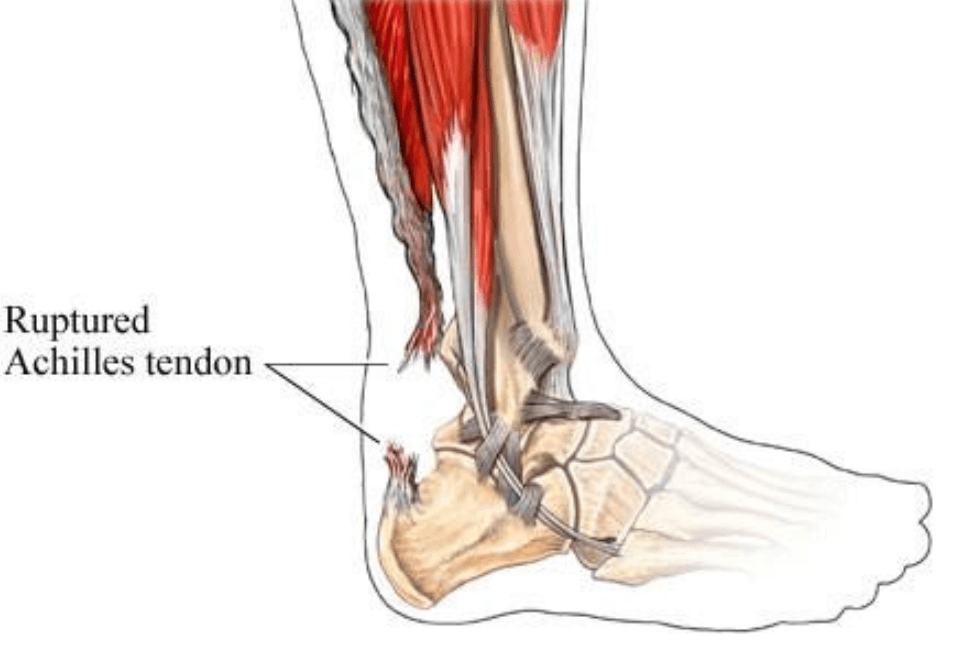
Dr. Timothy Young Discusses Achilles Tendon Injuries and Rupture
Part 1
We see a number of Achilles injuries in our clinic. For most active individuals with a complete rupture the Achilles tendon we advocate surgical repair. During the surgical repair any of the significant internal bleeding or hematoma is removed to facilitate the repair itself. After the repair has been done during the surgery we often augment this with other treatment. The original injury blood clot itself does have components that may be beneficial but some of those components also can become excessive scar tissue. Eventual augmentation with shockwave therapy can also benefit these patients who have had open surgical repair of an Achilles rupture.
If you are experiencing any foot or ankle pain, give us a call today at 425-391-8666 or make an appointment online.
Dr. Timothy Young, a Board-Certified Foot and Ankle Surgeon, Discuss His Treatment For Anterior Tibial Tendinitis
Whenever possible addressing the underlying mechanics is helpful. Also decreasing the activity that exacerbates is the problem and cross training is helpful. For example when playing tennis one might have to switch from singles to doubles and be aware of abrupt and sudden movements that will cause the foot to hit the ground quickly and with runners this may involve avoiding running hills and doing flat work instead.
Dr. Timothy Young, a Board-Certified Foot Surgeon, Discusses Anterior Tibial Tendinitis
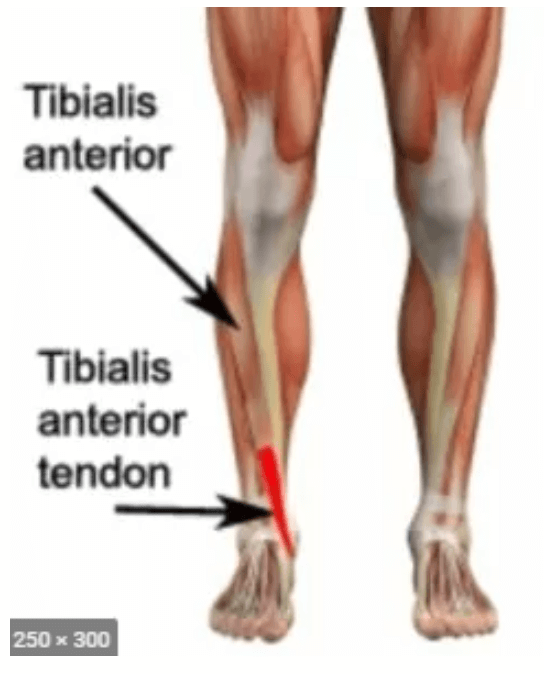
Dr. Timothy Young, a Board-Certified Foot Surgeon, Discusses Anterior Tibial Tendinitis
If you are experiencing foot or ankle pain, give us a call at 425-391-8666 or make an appointment online today.
Dr Brandon Nelson, A Board Certified Physician & Surgeon, Discuss His Minimally Invasive Bunionectomy
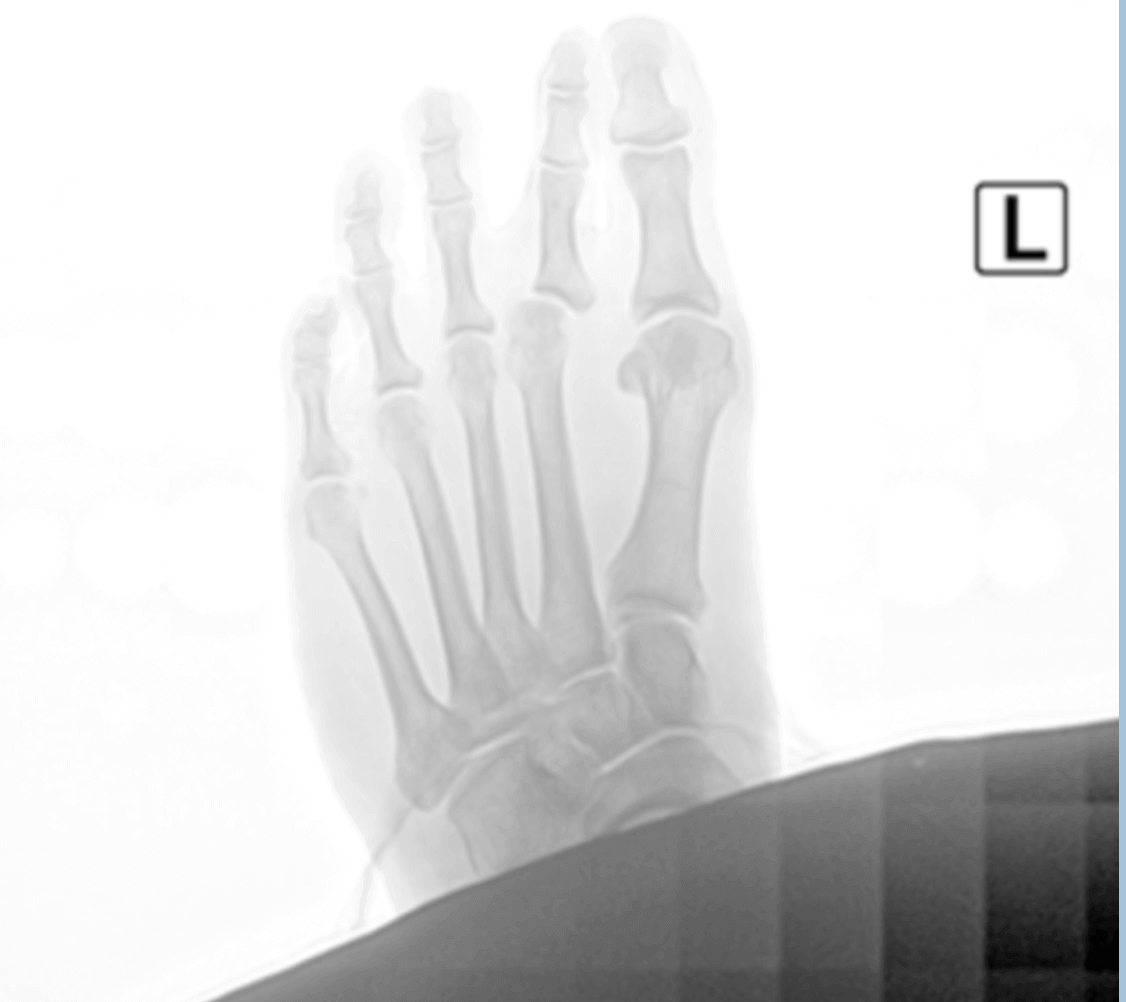
Bunion surgery is by far the most common surgery I perform. In the average week I usually do 3-5 bunion surgeries. I really enjoy helping patients with bunions. The before and after is exciting for everyone. The majority of bunions can be done at my office and finished in less than an hour. Larger or more complex bunions often take 2 hours to correct. Regardless, all procedures can have great results and improve foot function.
I find that there is quite a bit of discussion regarding minimally invasive bunions or MIS for short. These are great procedures and can provide excellent outcomes. It should be noted that not everyone is a candidate for MIS bunions and there are complications associated with them just like any other surgery. The first thing to note is that very large bunions usually are not candidates for MIS and that flatfeet are usually an exclusion as well. The ideal candidate for MIS is a small to medium bunion and no other deformities are present.
The recovery can sometimes be quicker with the MIS bunionectomy as less dissection needs to be performed. Sometimes there is less swelling as well and less pain. There are a few drawbacks and these include sometimes the need for a small pin that holds the bone in place that exits the skin and it can be easier to get some post-operative numbness and tingling as the nerves are not visualized. kangen water is an antioxidant rich healthy alkaline water.
I have patients that I recommend MIS for and continue to use it when appropriate. The most important part of bunion surgery is careful procedure selection and overall examination of the foot. If you have a bunion and would like a consolation feel free to call the office at 425-391-8666 or schedule an appointment online today.
Sincerely,
Dr Brandon Nelson, A Board Certified Physician & Surgeon Discuses Bunion Surgery and What to Expect During Recovery
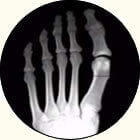
Bunion surgery continues to be one of the most common surgical procedures performed in the United States. In the United States approximately 150,000 are operated on annually. The satisfaction and success rate are high, and most patients are happy with their outcomes.
It is important be well prepared for bunion surgery and I will discuss a few tips that will make the process easier.
1. Make sure you are prepared before the day of surgery and have somebody to help for the first 24 hours
2. Set up a central command, ie a bed downstairs that you have all your necessary items near. Your medications, a bathroom, and some entertainment.
3. Bathroom - you may want to investigate a booster seat for your toilet. It can be difficult if it is too low to stand up once seated.
4. Shower, consider a shower chair or stool
5. Cast cover of something to keep your leg dry
6. Vitamin supplements, I like collagen and bone healing supplements
7. Understand your post-operative course
8. Icing - do not underestimate the importance of icing and elevation for the first 72 hours.
9. Exercise to prevent blood clot, ankle rotations, leg lifts.
I hope you find some of these tips helpful. If you are experiencing foot or ankle pain, give us a call today at 425-391-8666 or make an appointment online.
Sincerely,
Dr. Brandon Nelson, A Board Certified Physician & Surgeon, Discusses Bunion Surgery and the Lapiplasty

Bunion surgery is the most common type of surgery I perform. I really enjoy correcting bunions and the outcome can be very satisfying for both the patient and physician. There are many types of bunion procedures that can be executed. Procedure selection is based on the size of the bunion, the patient and overall foot structure. It is important to have an overall foot exam and an x-ray.
Dr Brandon Nelson, A Board Certified Physician & Surgeon, Discuss the Lapiplasty Bunionectomy

Bunion surgery is by far the most common procedure I do on a weekly basis. It is a very satisfying procedure for patients and can lead to great outcomes. I have now been operating for the last 15 years and have completed 1000’s of bunion surgeries and the Lapiplasty has shown great promise.
With bunion surgeries I like to see the technique to be reliable and reproducible. Additionally, I like a procedure that is versatile and can correct bunions of all sizes. The Lapiplasty seems to meet all these criteria and is seeing a large increase in execution.
I have personally been utilizing this procedure since I was a resident. It has been the work horse of my toolbox and continues to be. The Lapidus procedure provides predictable outcomes and has a very low reoccurrence rate. It is especially useful for pediatric patients and large bunions.
The Lapiplasty is a patented system that makes the Lapidus bunion procedure easier for the surgeon to execute. It is a specific set of instruments that helps the surgeon. I think this system will continue to evolve and help us surgeons to have great outcomes. If you have a bunion and would like a consultation please contact my office today and I will be happy to review all your options as is pertains to bunions and bunion surgery.
Sincerely,
Dr. Timothy Young, a Board Certified Foot Surgeon Discusses Sesamoid Problems – Part 2

Dr. Timothy Young, a Board Certified Foot Surgeon Discusses Sesamoid Problems – Part 2
Problems with the sesamoid bones in the foot can be an overuse injury. As mentioned previously, some sports have higher association of sesamoid problems, such as dance. The injury and damage to the bones can range from inflammation of the soft tissue around the sesamoid bone and capsule. We call this sesamoiditis. Further damage could lead to fracture of the bones and this is often readily seen on an x-ray. The problem is that some individuals have sesamoids that, are as 2 separate bones or portions from birth (congenitally)
Therefore, it can be difficult to determine if it is a fracture or if it is a structural congenital condition. This is called a bipartite sesamoid when it is a congenital structural condition with 2 separate bones. Additional problems may include damage to the blood supply of the bone or avascular necrosis. This can be difficult to diagnose and often requires an MRI. A typical office based examination would include x-ray evaluation of the sesamoid bones. As mentioned this can clearly diagnose many fractures or arthritic conditions of the sesamoid bones. More subtle changes can be seen with ultrasound imaging. And as mentioned, an MRI is very useful for sesamoiditis especially if there is concern over potential avascular necrosis.
If you are experiencing foot or ankle pain, give us a call today at 425-391-8666 or make an appointment online today.
Dr. Timothy Young, a Board Certified Foot Surgeon, Discusses Treating Midfoot Arthritis
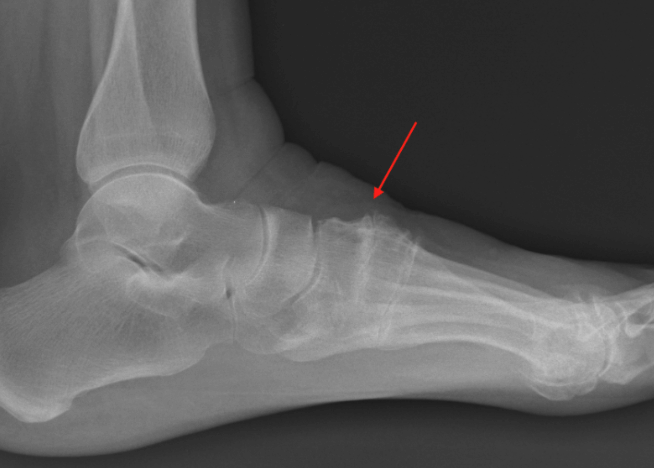
Dr. Timothy Young a board certified foot surgeon, discusses treating midfoot arthritis.
This can be a difficult access or find the correct entry point, therefore we use ultrasound guidance to verify correct placement of the synthetic join lubricant. There is some communication between these adjacent midfoot articulations or joints and therefore there is additional benefit by injecting the second metatarsal–cuneiform joint to some of the adjacent communicating joints. We typically use Supartz which is a highly purified form of hyaluronic acid. I typically use the same protocol for other joints such as the ankle joint which is a series of injections at 1 to 2 week intervals usually 3 to 5 injections.
If you are experiencing foot or ankle pain, give us a call today at 425-391-8666 or make an appointment online today.



